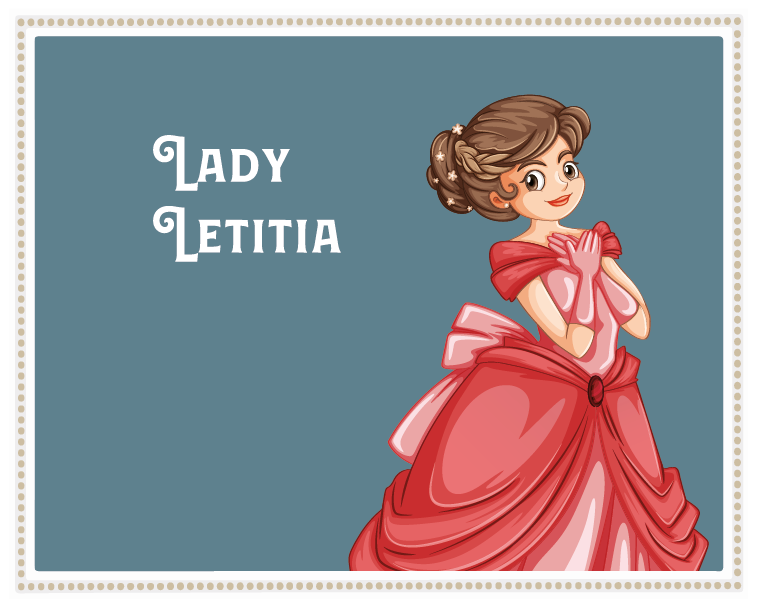History
Our Lady Letitia is inspired by a character of the same name from Robert Williams Buchanan’s 1862 short story “Lady Letitia’s Lilliput Hand”. Often disabled people were represented as unmarriageable in Victorian culture and amputees were usually encouraged to hide their impairments using prosthetic body parts, but in this story Lady Letitia eventually marries and has children after revealing to her artist lover that she is an artificial hand user. For more on this story and other marriage plots involving prosthesis users, see chapter 5 of Ryan Sweet’s free 2022 book Prosthetic Body Parts in Nineteenth-Century Literature and Culture.
Backstory
Her leg was crushed and later amputated following a deathbed struggle with her late husband.
Start with £15.
Victory Conditions
-
Claim love at the Stock Exchange or Theatre.
-
Buy the Townhouse.
-
Commission a self-portrait. Go to Country Estate and pay £20.


